About Publications Library Archives
heritagepost.org

Preserving Revolutionary & Civil War History

Preserving Revolutionary & Civil War History
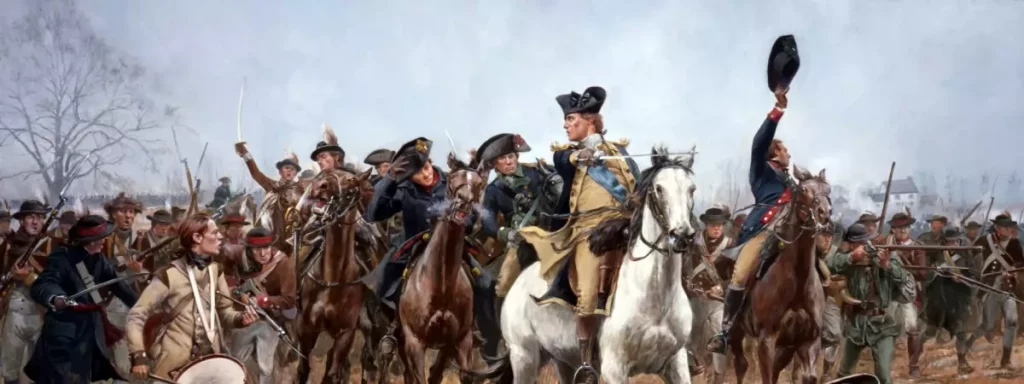
The Battle of White Marsh (aka Battle of Edge Hill) was a battle fought in the area surrounding Whitemarsh Township, Pennsylvania. The battle, which took the form of a series of skirmish actions, was the…
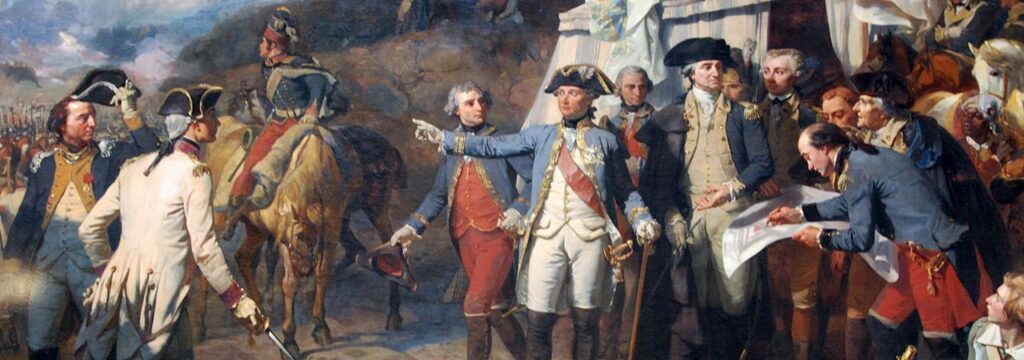
In 1780, 5,500 French soldiers landed in Rhode Island to try to help their American allies in assaulting British-occupied New York City. The two armies met North of New York City in 1781.
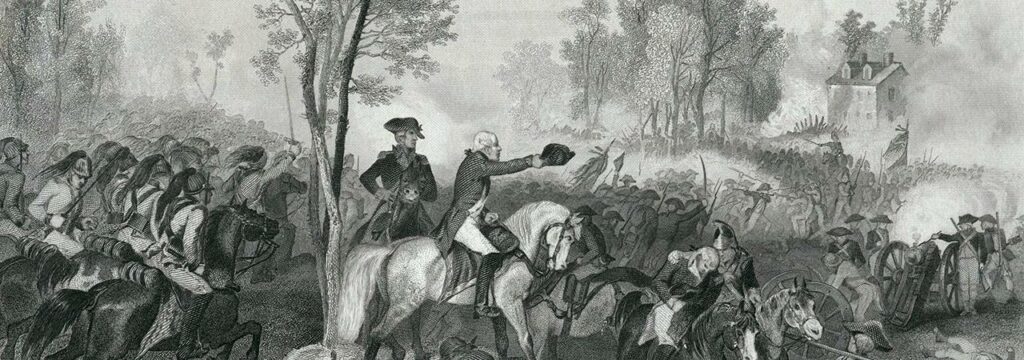
Background Seven years of British determination to bring South Carolina to her knees met failure. The spirit that had long resisted royal edict and church canon, the fierce desire and indomitable will to be masters…
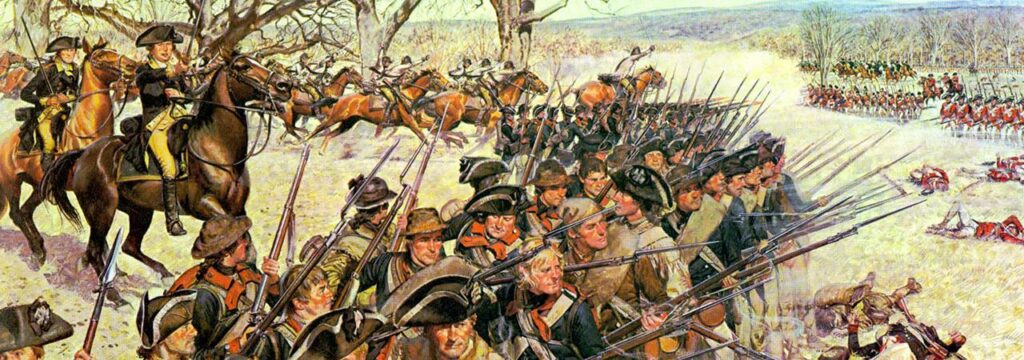
Overview On the bright, late winter day of March 15, 1781, the Revolutionary War came to a remote county seat in north central North Carolina. Guilford Courthouse, with its population of considerably fewer than 100,…
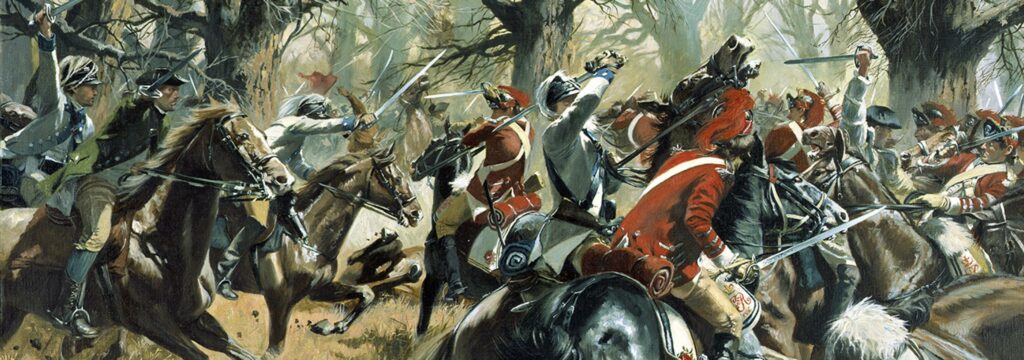
The Battle of Cowpens (January 17, 1781) was a decisive victory by American Revolutionary forces under Brigadier General Daniel Morgan, in the Southern campaign of the American Revolutionary War. It was a turning point in…

In 1772 a portion of the boundary between the two Carolinas was surveyed from the Catawba River westwardly. The origin of this portion of the boundary was the center of the junction of the Catawba…

The Battle of Camden was a major victory for the British in the Southern theater of the American Revolutionary War. On August 16, 1780, British forces under Lieutenant General Lord Charles Cornwallis routed the American…
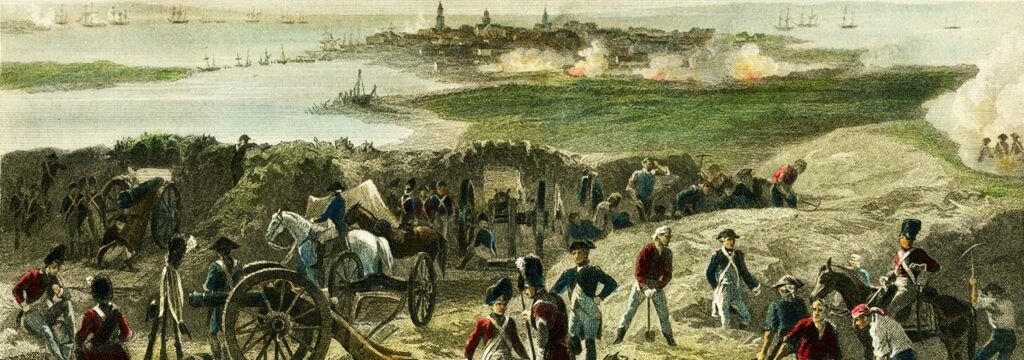
In 1778, the British Commander-in-Chief in America Lt. General Henry Clinton turned his attention to the South, where partisan fighting between Patriot militia and Tories had been heavy.

The American commander Brigadier General Robert Howe of North Carolina, with only 700 men, made a feeble attempt to defend the city.
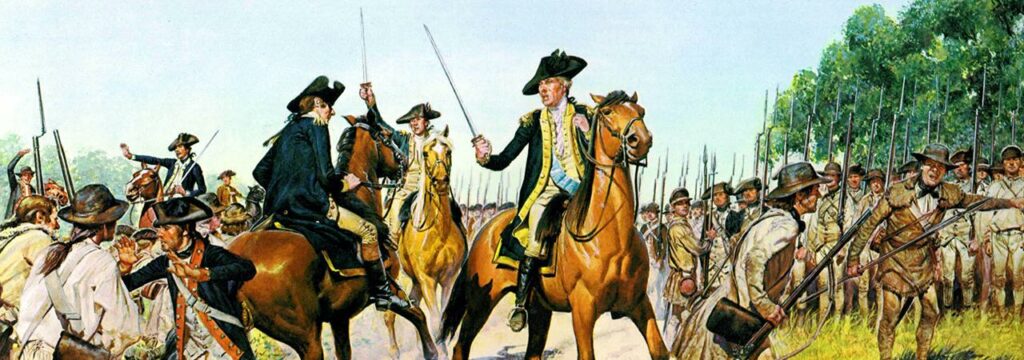
In May of 1778, The British commander, General Clinton in Philadelphia, faced with a war with France decided it was prudent to protect New York City and Florida.
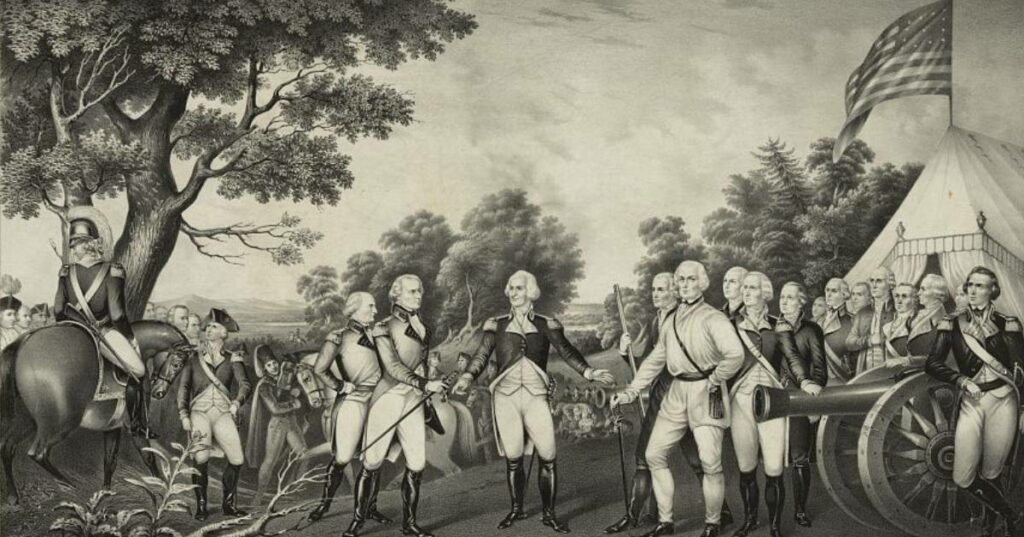
In December General Burgoyne concerted with the British ministry a plan for the campaign of 1777. A large force under his command was to go to Albany by way of Lakes Champlain and George, while…

It was a critical time for George Washington. He had just been soundly defeated in New York and morale was very low. His writings to the Continental Congress tell us so.
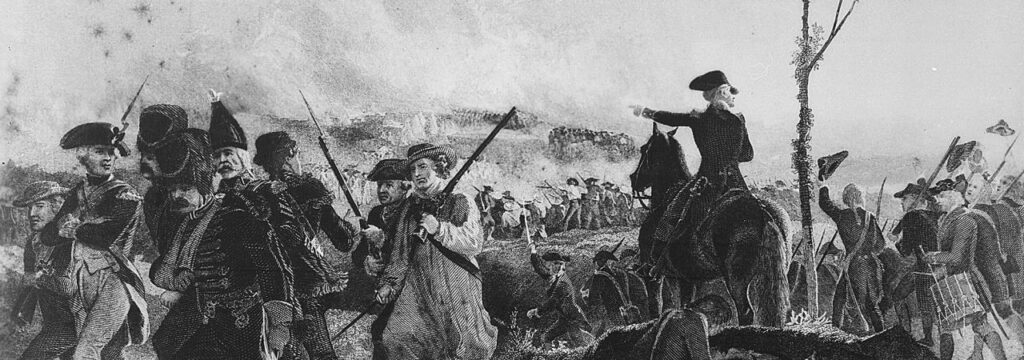
The Battle of Bennington was a battle of the American Revolutionary War that took place on August 16, 1777, in Walloomsac, New York, about 10 miles (16 km) from its namesake Bennington, Vermont.
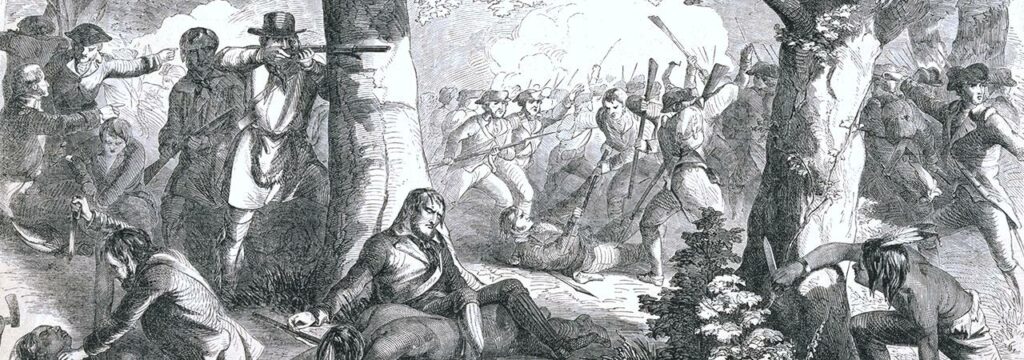
The fight was for the continent. The strategy embraced the lines from Boston to the mouth of the Chesapeake, from Montreal even to Charleston. Montgomery’s invasion of Canada, although St. John’s and Montreal were taken,…
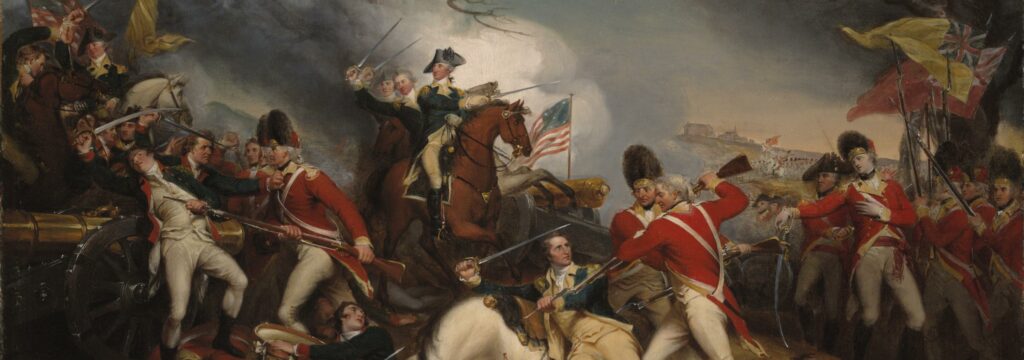
Many Americans do not realize that George Washington crossed and re-crossed the Delaware River a total of four times in the waning days of 1776. The first time was in early December when he left…
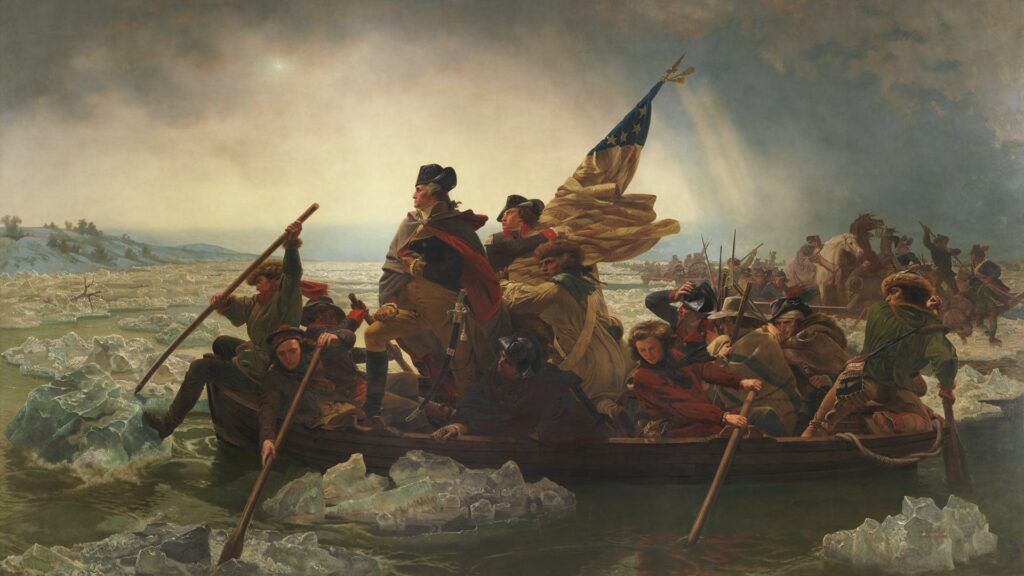
As soon as Fort Lee was abandoned, Washington began to withdraw his army across New Jersey toward Philadelphia. About 5,000 Americans left Hackensack on November 21, 1776, and retired without casualties 100 miles to safety…

Heavy rains spoiled Maj. Gen, William Howe’s planned second attack on the American army near White Plains on October 31. The next day the Americans were found to be apparently well entrenched at North Castle…
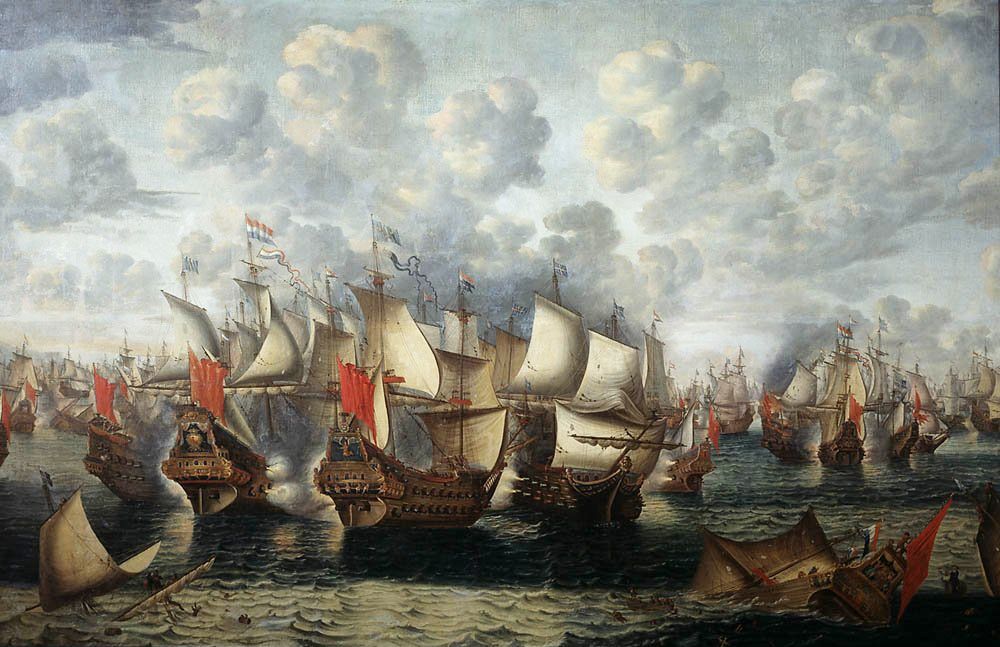
General George Washington had, early in his chieftaincy, urged upon the Congress the necessity of the establishment of a permanent army, and with prophetic words had predicted the very evils arising from short enlistments and…
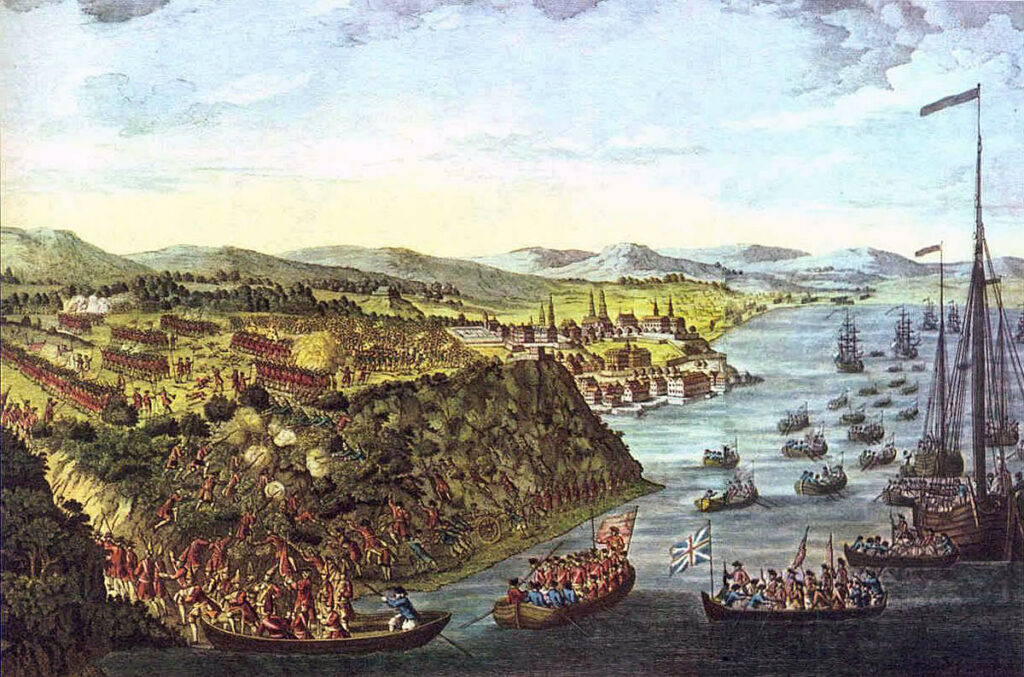
The British recognized the strategic importance of New York as the focal point for communications between the northern and southern colonies. Washington also recognized this, and in April of 1776 he marched his troops from…

The Battle of Quebec was an attempt on December 31, 1775, by American colonial forces to capture the city of Quebec, drive the British military from the Province of Quebec, and enlist French Canadian support…

On June 17, 1775 the Battle of Bunker Hill took place. It is one of the most important colonial victories in the U.S. War for Independence.
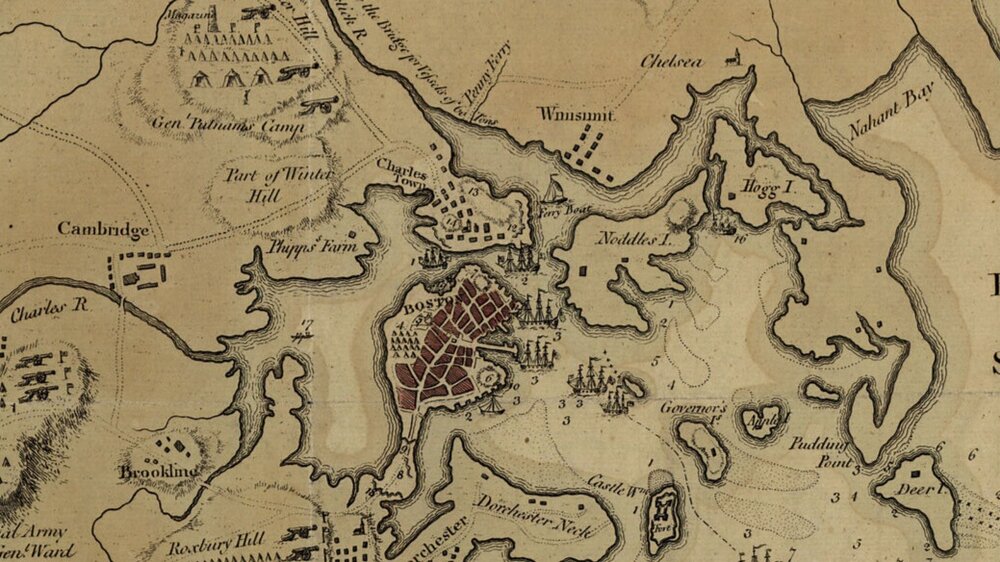
The Battle of Chelsea Creek was the second military engagement of the Boston campaign of the American Revolutionary War. It is also known as the Battle of Noddle’s Island, Battle of Hog Island and the Battle…
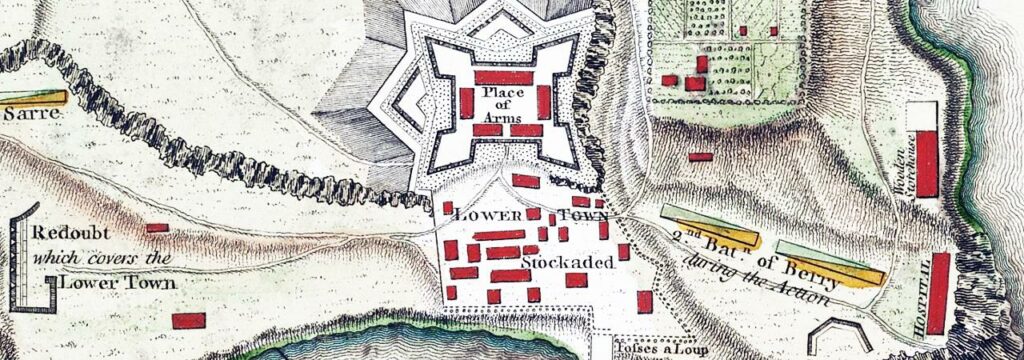
Overview On April 19, 1775 the Revolutionary War had begun with the skirmishing at Lexington and Concord Massachusetts. Once the British detachment retreated to Boston, the Siege of Boston began. As the rebels continued to gather…
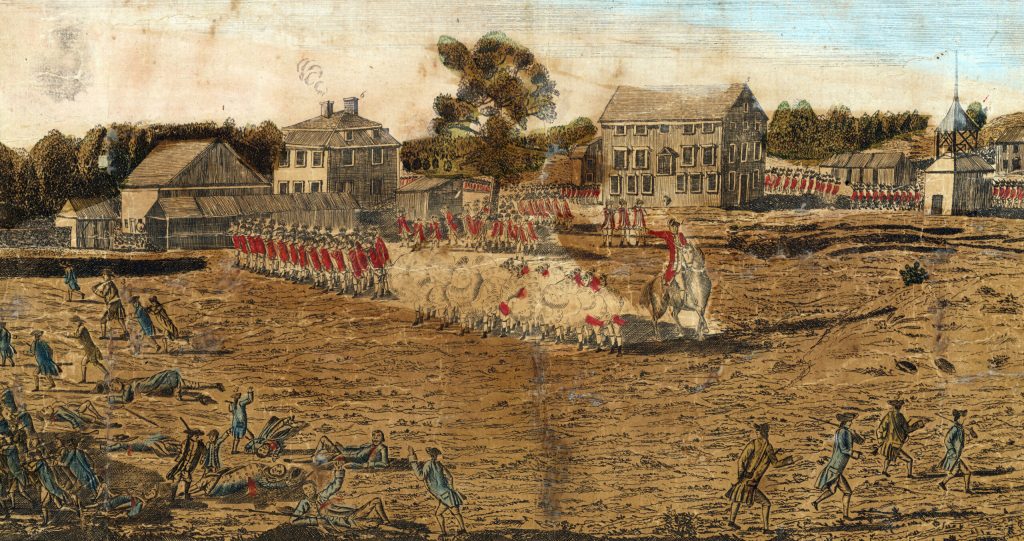
They were fought on April 19, 1775, in Middlesex County, Province of Massachusetts Bay, within the towns of Lexington, Concord, Lincoln, Menotomy (present-day Arlington), and Cambridge, near Boston.